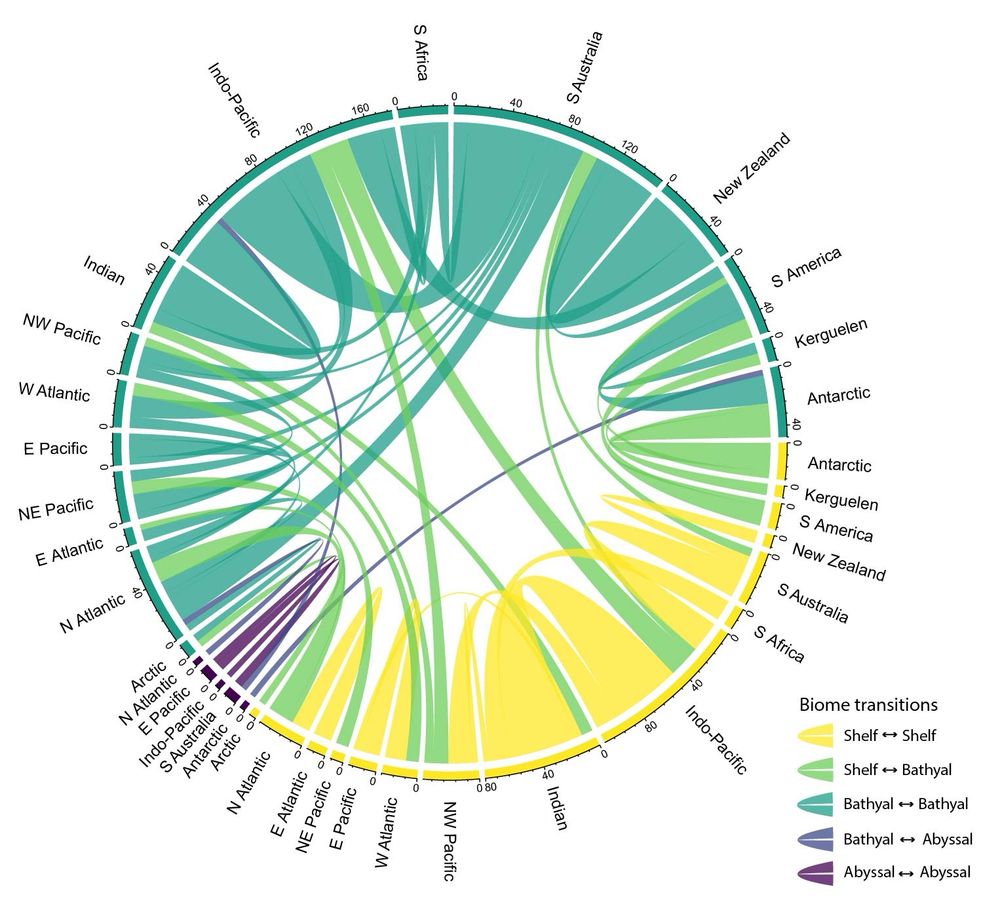www.nature.com/articles/s41...
theconversation.com/five-arms-no...
www.theguardian.com/environment/...

www.nature.com/articles/s41...
theconversation.com/five-arms-no...
www.theguardian.com/environment/...







· the other one is some other guy with the same name!
· the other one is some other guy with the same name!

